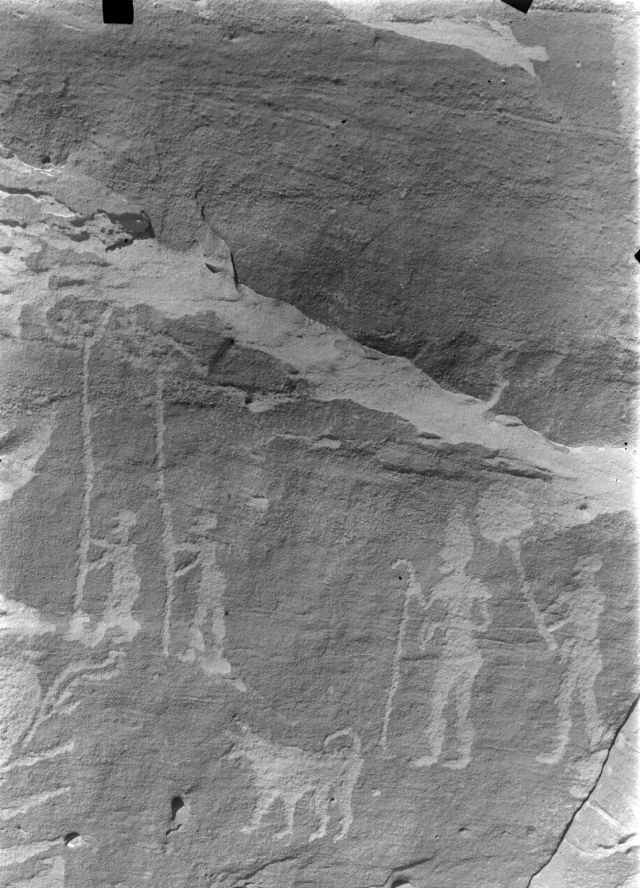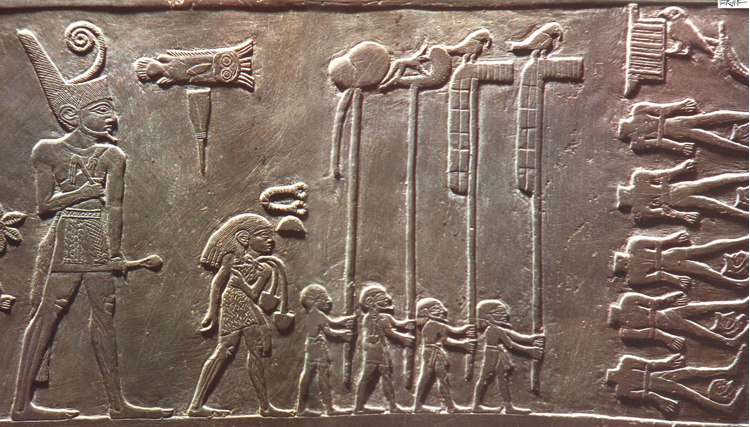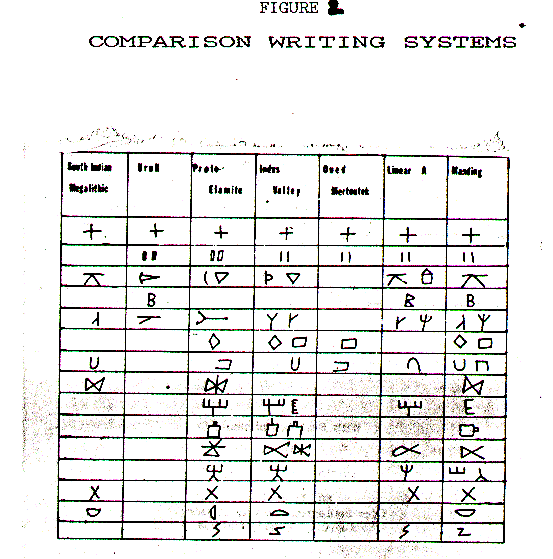






code:There are also other corresponding terms for 'mark', or 'draw' that begin with velar stops:Dravidian par 'write'
Manding bo, bu 'make a stroke', sebe 'write'
Elamite tipu 'to write'Galla tafa 'to write'
code:In Egyptian we have several terms for write Ø ss #, Ø zs # , and Ø ssw #. During the Old Kingdom writing was referred to as Ø iht # .The Egyptian term for writing Ø ssw # is analogous to the Mande terms Ø sewe # or Ø sebe # 'writing, trace, design'.Egyptian hti 'carve'
Manding kiri, kiti 'mark'
code:These terms agree with the Manding terms for excavate or hollow out Ø du #, Ø do #, Ø kulu #, Ø tura #, etc. The Sumerian term for writing was Ø du #.For example:
Sumerian ru, shu
Elamite talu
Dravidian carru
Egyptian drf
